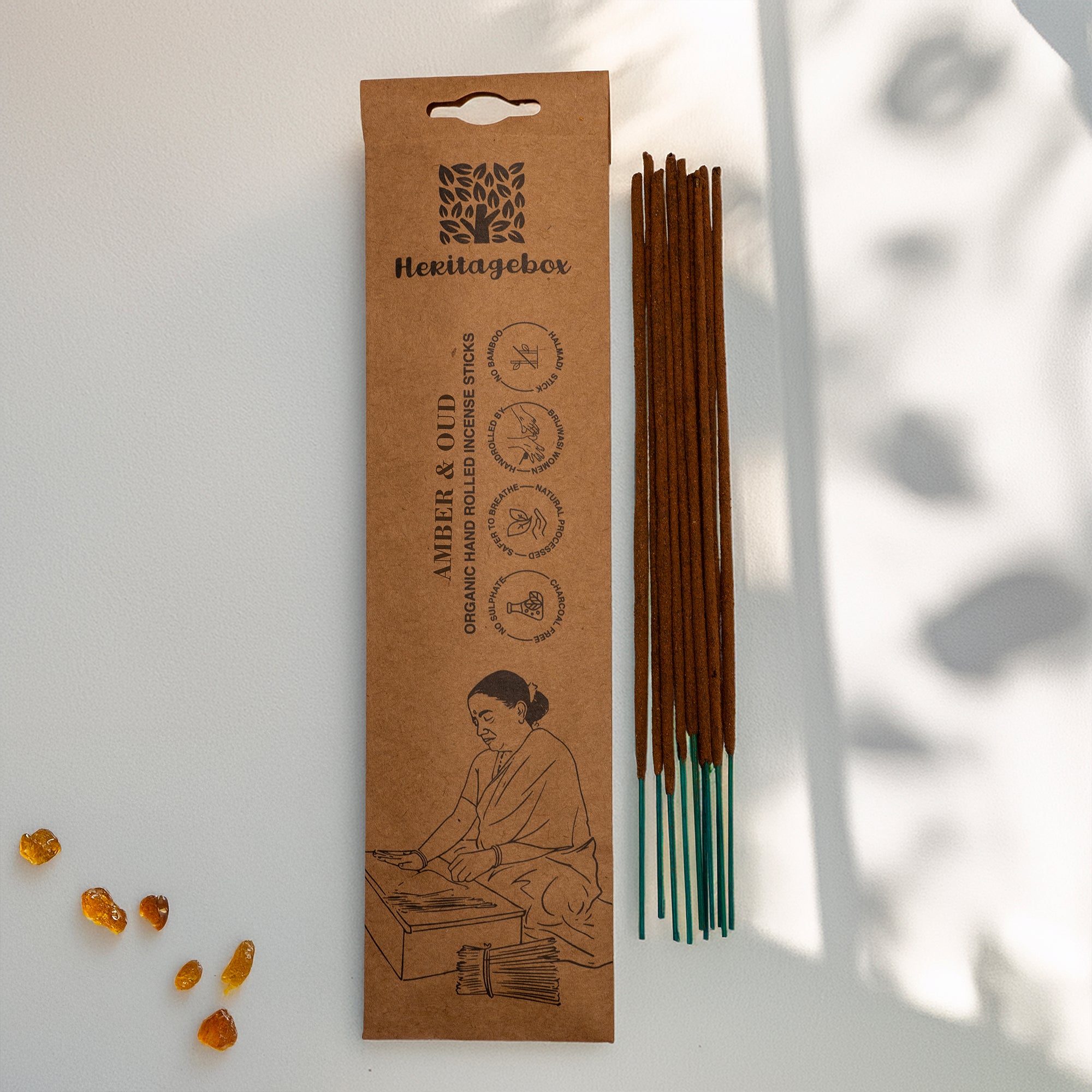Kannauj has located a short distance from the city of Nawabs. Also known as the Perfume capital of India or Itar Nagri, Ittar is derived from the Persian word Atar. The very essence of Ittar will take you to a different world. In this city, people have been manufacturing it for 400 years. Kannauj is a place where the largest amount of Ittar is manufactured naturally in the entire world. 80% of the population is a part of the attar manufacturing industry.
The Process
The Process of making perfumes has been mentioned in the scriptures of Ayurveda since ancient times. The first available description of the perfumes is found in the Vedas, that when ‘Yajnas’ were performed a lot many things went into it as a sacrifice. A foul smell was used to emulate when meat was sacrificed. In order to eliminate that, aromatic ingredients were offered into the fire. Further, the art of extracting scent from different things began. All atars are made with manual labor and time-tested analog systems. That can't be changed because natural is also used in cosmetics and medicines. These fragrances are captured by flower seasons. The traditional process of preparing perfume in Kannnauj never got outdated. People have been manufacturing perfume for 5000 years, no changes have been made in the process.
Perfumes are prepared with the help of a hydro-distillation process, Nickel-plated copper vessels are used for the same so that they don't get rusted. Flowers are soaked in water and heated in the container and the condenser is filled with oil, on boiling the vapor of the flower passes through the hollow bamboo pipes into the condenser through the hollow bamboo piper into the condenser. The oil present in the condenser absorbs the vapor’s fragrance. This process takes 5-6 hours. Excess water is separated from the oil after the condenser completely cools down. As per the perfume’s quality, this process is repeated until 30 days. It's a continuous process with the same oil. The prominent Six types of perfumes are made in Kannauj comprising of roses Heena, shaman Heena jasmine, Bela, and a fragrance this place is famous for mud perfumes Kalidas has written in his scripture that when it rains in the month of Ashadha the earth releases a special fragrance Kannauj’s merchants have captured that fragrance in bottles.
We get influenced by the west mainly by its advertising by showing how beautiful French perfumes indeed it is, but without knowing how well it would work for us. French perfumes have 70% alcohol which is suitable for the cold environment they have, when we adapt the same in a warm climate the perfume doesn't last long, Kannauj ki Khusbhoo is a palette that suits your skin, climate, and the fragrance that lasts long.
















